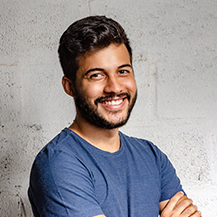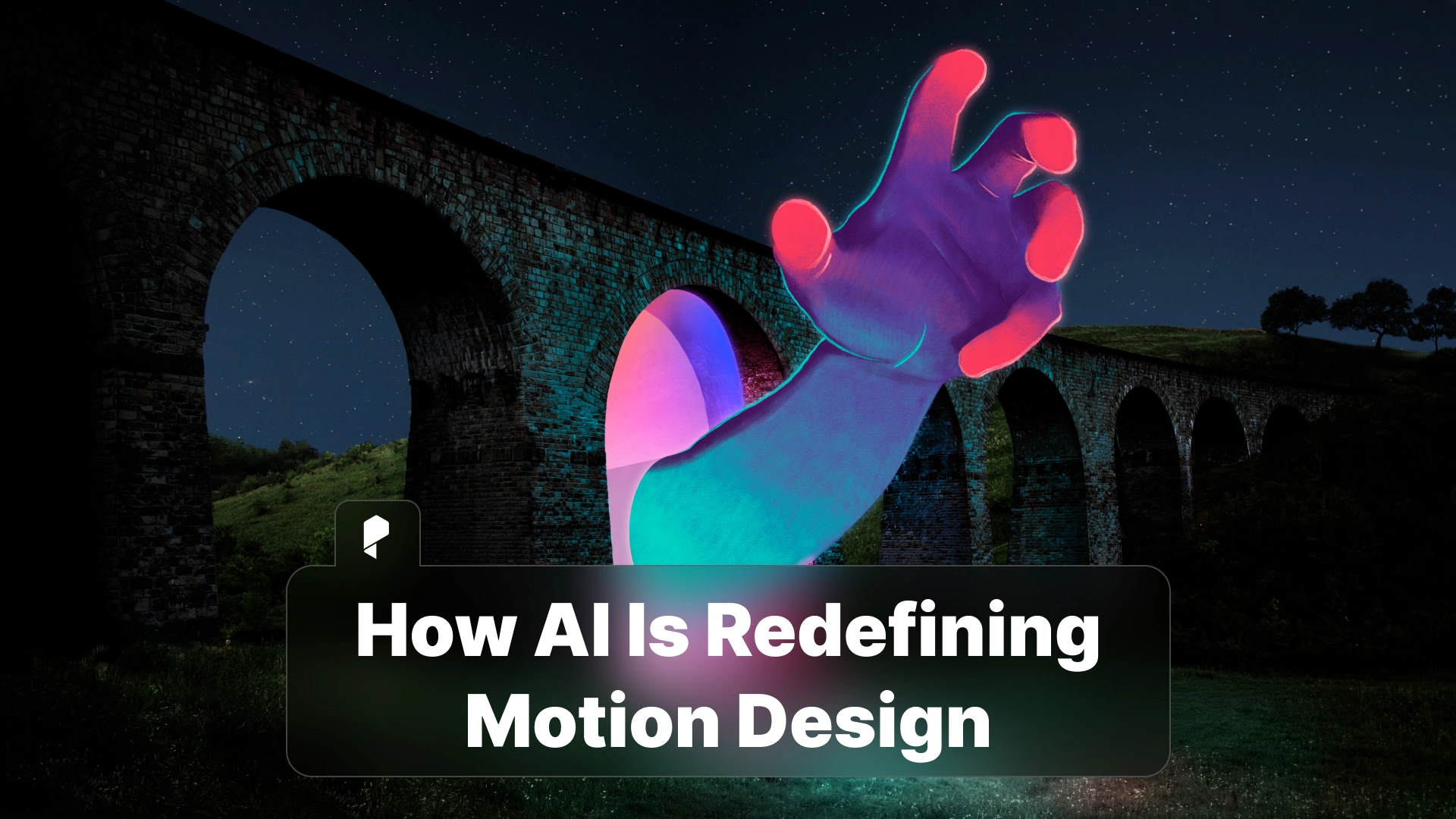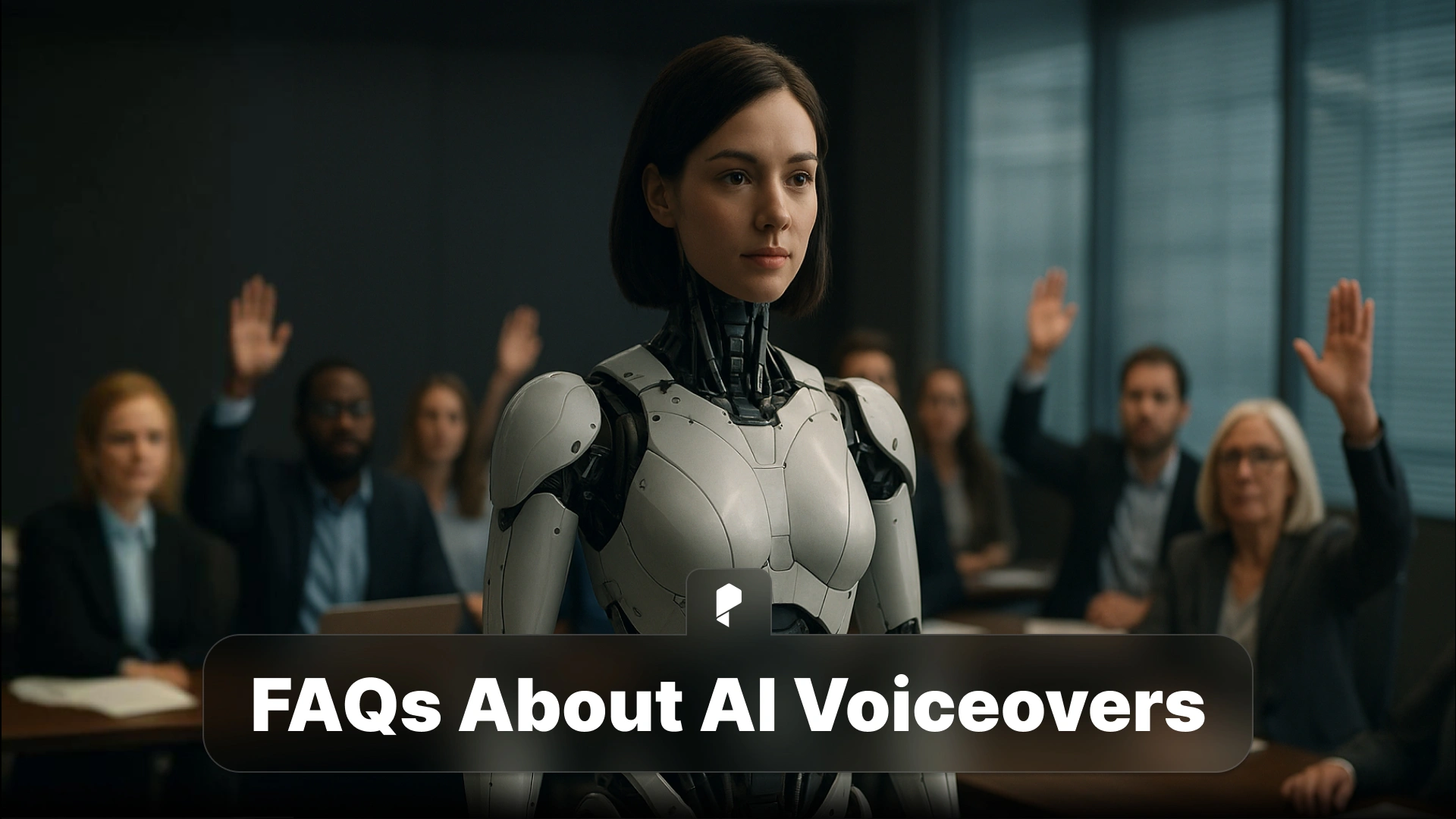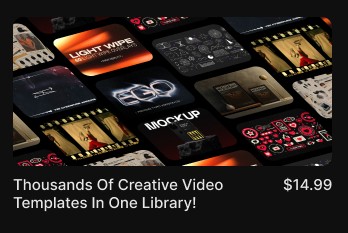Google’s “Nano Banana”: The Future of AI Image Generation
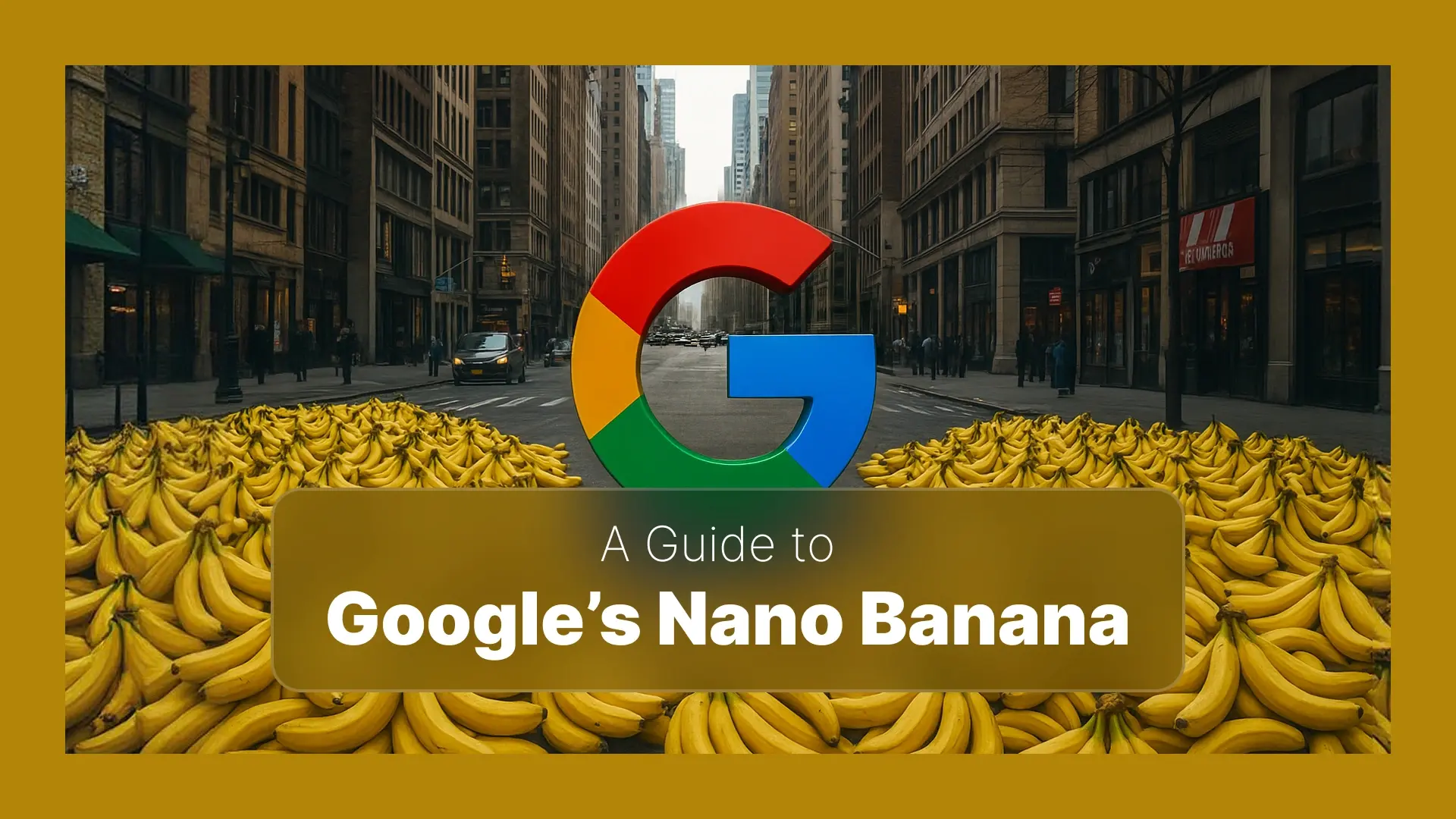
Whether you’re a designer, developer, or just curious about where creative tech is heading, Nano Banana is shaping up to be one of the most important tools of 2025. Let’s break down what it is, what it can do, and why everyone is talking about it.
What Is Nano Banana (Gemini 2.5 Flash Image)?
The nickname “Nano Banana” started as an inside joke in the AI community but quickly spread across social media. Surprisingly, Google leaned into the trend, confirming that yes, Nano Banana and Gemini 2.5 Flash Image are one and the same. It’s a rare case where a meme name actually stuck, making the technology feel a little more accessible to everyday users.
Key Capabilities and Technical Features
- Image generation & editing in one place: You can create new images from scratch, blend multiple images into one, or apply detailed edits to existing visuals using natural language prompts.
- Character and style consistency: If you generate a character and want to reuse them across multiple scenes, the model can keep their look intact—something that’s notoriously tricky for AI systems.
- Context-aware understanding: Because Nano Banana builds on the wider Gemini architecture, it brings world knowledge into the process. This means it can understand sketches, diagrams, or complex scenes with impressive accuracy.
- Speed: One of the most exciting things is how fast it runs. Most edits take just 10 seconds, making real-time creative workflows possible.
- Watermarking for safety: Every output includes an invisible SynthID watermark, giving creators and audiences a way to track authenticity and provenance.
These capabilities position Nano Banana as more than just another AI art generator—it’s an all-in-one creative assistant.
Why This Matters: The Creative Shift
What sets this model apart is its focus on iteration and storytelling. You can generate a scene, then refine it, adjust the lighting, swap out objects, or even shift the mood without losing coherence. This makes it a powerful tool for designers building storyboards, marketers developing campaigns, or hobbyists experimenting with digital art.
It’s also not just hype. Within weeks of launch, Nano Banana began outperforming established players like DALL·E 3, Midjourney, and Stable Diffusion on community-driven leaderboards. For professionals who rely on accuracy and consistency, that’s a big deal.
In short: this isn’t just a new generator. It’s the start of a new category of AI creative studios—one that combines imagination with control.
Ecosystem and Access
- Gemini API: For developers who want to integrate image generation directly into apps and workflows.
- Google AI Studio: A playground for experimenting with prompts and remixable templates, great for creators who want to test ideas quickly.
- Vertex AI: A platform aimed at enterprise teams, making it possible to use Nano Banana inside larger production pipelines.
Beyond Google’s own tools, the model is also available through OpenRouter, giving access to more than 3 million developers, and through platforms like Pollo AI, which even offers unlimited image generation for paying subscribers.
This broad ecosystem ensures that whether you’re a solo creator, a startup, or a big company, Nano Banana can fit into your workflow.
Prompting Best Practices
- Tell a story, not just a list. Instead of saying “dog, park, sunset,” try a descriptive narrative like “a golden retriever running through a park at sunset, with the sky glowing orange and purple.”
- Use cinematic language. Words like “soft lighting,” “wide-angle lens,” or “grainy texture” give the AI clearer direction.
- Be specific for illustrations. If you’re designing a sticker or cartoon, include details about the art style, background, and shading.
- Direct your edits. For image editing, tell the model exactly which element to change (e.g., “replace the blue sofa with a vintage leather armchair”).
- Refine conversationally. You don’t have to get it perfect in one try. Ask for adjustments like “make the lighting warmer” or “add a cloudy sky.”
- Think positive, not negative. Instead of “no cars,” say “an empty street.” It’s more intuitive for the model.
- Control the frame. Set aspect ratios or supply reference images if you want a specific look.
These techniques help you unlock Nano Banana’s full potential, moving from “AI surprise” to creative precision.
Limitations and Considerations
- Typography challenges: It can generate text inside images, but consistent or complex lettering often requires multiple tries.
- Consistency over time: While it handles character consistency well, maintaining exact details across dozens of iterations may take patience.
- Prompt sensitivity: Some prompts need multiple refinements to get right. Iteration is part of the workflow.
- Pricing: Outputs are billed at $30 per 1 million output tokens, which works out to about $0.039 per image. Reasonable for most users, but worth monitoring for high-volume projects.
- Still evolving: Google is actively improving long-form text rendering, factual accuracy, and iterative consistency. Expect updates as it matures.
Knowing these limitations upfront helps set realistic expectations and ensures you get the most from the tool.
Final Thoughts
Whether you’re a designer experimenting with visuals, a marketer needing quick content variations, or a developer integrating image workflows into apps, Nano Banana is shaping up to be one of the most impactful AI tools of 2025.
The best way to understand its power is to try it yourself. Explore it in Google AI Studio, integrate it through the Gemini API, or experiment with platforms like Pollo AI. The creative future is here, and it’s moving faster than ever.
Disclaimer : If you buy something through our links, we may earn an affiliate commission or have a sponsored relationship with the brand, at no cost to you. We recommend only products we genuinely like. Thank you so much.




